Electronic Theory Of Valency:
In 1916, Kossel and Lewis put forward a new concept of valency on the basis of the structure of an atom. According to this theory-
- The valency of an element depends upon the number of electrons in the outermost shell. These electrons are referred to as valence electrons.
- The noble gases possess a stable electronic configuration in their atomic structure. Thus, the valence electrons in the outermost shell of inert gases (i.e. 2 for He and 8 for the rest of the elements) form a stable structure. This electronic configuration is regarded as a configuration of minimum energy and of maximum stability. The chemical inertness and stability of the inert gases is attributed to the stable electronic arrangement in their outermost shells.
- The atoms of all other elements with incomplete electronic shells have a tendency to attain the stable electronic configuration (octet) of the nearest inert gas. It is this tendency of elements which causes them to combine chemically and thereby form a chemical bond.
- The atoms of other elements can acquire the stable electronic configuration of the nearest noble gas in three ways as under-
- By transference of electrons from one atom to another. This gives rise to the formation of an electrovalent or ionic bond.
- By sharing of electrons between two atoms so that the shared electrons are contributed by both the atoms. This results in the formation of a covalent or non-polar bond.
- By sharing of electrons between two atoms so that the pair of electrons are contributed by only one of the atoms. This gives rise to the formation of a coordinate bond.
- The number of electrons which are involved in the chemical interaction determines the valency of the element.
Types of Chemical Bonds:
Atoms of various elements can attain a stable electronic configuration and form chemical bonds in three ways as given below.
- By transference of electrons- In this case, the transfer of electrons from one atom to another takes place giving rise to the formation of electrovalent bonding and the resulting compound is referred to as electrovalent compound.
- By sharing of electrons- In this case, the sharing of electrons is involved between the two atoms resulting in the formation of covalent bonding and the compound so formed is known as a covalent compound.
- By sharing of electrons between two atoms when the electron pair is contributed by one of the two atoms– In this case, the electron pair to be shared is provided by one of the two atoms and shared by both atoms giving rise to the formation of a coordinate bonding and the resulting compound is called a coordinate compound.
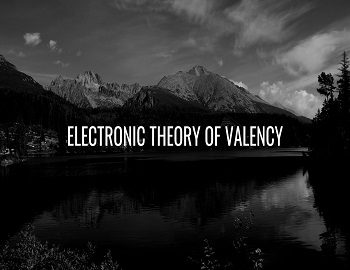
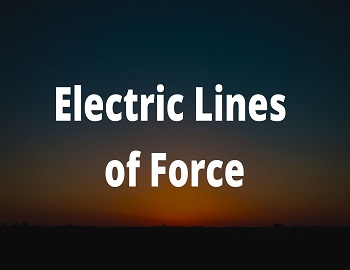

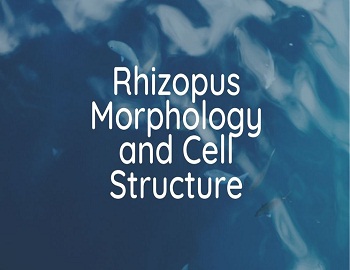
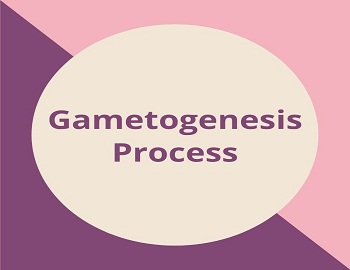
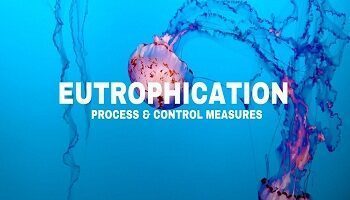



Comments (No)